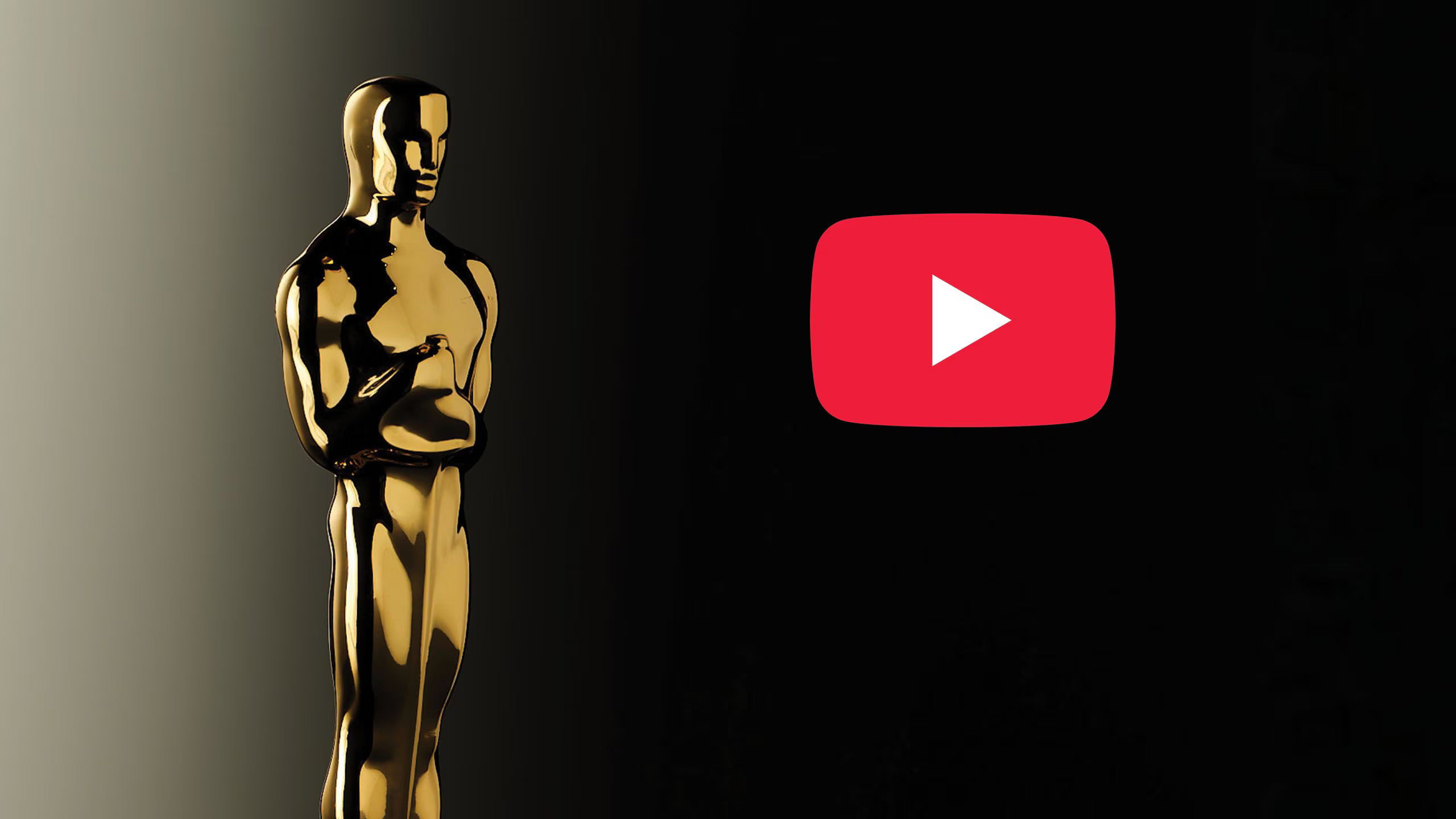Got Public TV?
What ranks right up there with milk in the sphere of home and hearth? Why that would be public television, according to John Lawson, president and CEO of the Association for Public Television Stations. Lawson used the dairy analogy to launch into his well-honed case for multicast must-carry at the Media Institute's Wednesday luncheon in Washington, D.C.
Unlike the NAB, which tends to vilify cable as the dreaded "gatekeeper" of American television, Lawson argues for must-carry by characterizing public television as the institutional equivalent of universal nourishment. Always the articulate lobbyist, Lawson was in elevated form at the luncheon, where his small and captive audience included cable lobby chief Robert Sachs and right-hand man Dan Brenner; CEA head Gary Shapiro; the usual covey of journalists and an unusually large contingent from the FCC. Among them, FCC Commissioner Jonathan Adelstein, who sat next to Sachs and appeared rapt by Lawson's every word.
Adelstein has repeatedly stated that he wants to see broadcasters do more public interest and local programming before he considers multicast must-carry. Lawson was nothing if not all over that idea. He pointed out that the 177 licensees in APTS fall into four categories--communities, universities, states and school boards.
"We are among the last of the locally owned media in this country," he said. "We will never be owned by anyone other than these communities."
Lawson went on to point out how public broadcasting won more daytime Emmys for children's programming than all other broadcasting and cable networks combined, (as it has for the last six years), how public broadcasters support the President's "No Child Left Behind" program as well as adult literacy, workforce training and homeland security initiatives--primarily through multi- and datacasting.
He then laid out the woes of stations trying to fund so many new services, in addition to paying two electric bills. Public broadcasters could save $36 million a year, or about 20 percent of their funding from the Corporation for Public Broadcasting, by shutting down their analog operations, Lawson said.
And boy would member stations like to shut off those analog signals, Lawson said, if the government would just guarantee them a trust fund, cheap set-top tuners and multicast must-carry on DBS and cable. Lawson reiterated an earlier finding that 80 percent of APTS members who participated in a recent survey said they'd return their analog spectrum by 2007 if those three conditions were met. That would be two years ahead of the shut-off date set forth by FCC Media Bureau Chief Ken Ferree in a proposal to include all cable subscribers in the DTV distribution count that kicks in the mandatory return of analog broadcast spectrum.
Ferree, who was also at the luncheon along with DTV transition chief Rick Chessen, has said privately that he believes multicast must-carry is unconstitutional. The cable lobby contended as much last November in a press conference designed to make its legal strategy perfectly clear should regulators pass multicast must-carry. The NCTA commissioned a study from Harvard Law School Prof. Laurence Tribe, who concluded that multicast must-carry violated the First and Fifth Amendment rights of cable operators because it impinged on their editorial freedom and constituted government seizure of property.
In the drawn -out wake of the carriage standoff, Sachs has frequently hammered home the idea that broadcasters are welcome to compete for bandwidth just like every other cable network, and nearly 70 public broadcasters have done just that with their digital services. Nonetheless, Lawson contends that noncommercial stations deserve special consideration for must-carry based on the Public Broadcasting Act. Lawson's position amounts to a second front for NCTA legal chief Dan Brenner, who also has to battle the NAB's powerful lobbying leverage. That leverage was evident last week in Las Vegas, where three of the four FCC commissioners who participated in a Q&A panel indicated they were leaning toward multicast must-carry.
Brenner, who apparently sat through the Media Institute luncheon mulling Lawson's milk metaphor, took a poke at the pesky APTS chief by saying he finally understood the comparison.
"Both have two percent," Brenner said, referring to public TV's not-so-hot ratings.
Lawson, ever the worthy foe, shot right back with, "Yes, but we're fat free."
Next, the spat goes on the road, this time to New Orleans, where the NCTA will hold its annual National Show May 2-5. Sachs indicated that he'd be interested to see if the FCC commissioners' positions on must-carry were venue specific.
The professional video industry's #1 source for news, trends and product and tech information. Sign up below.
